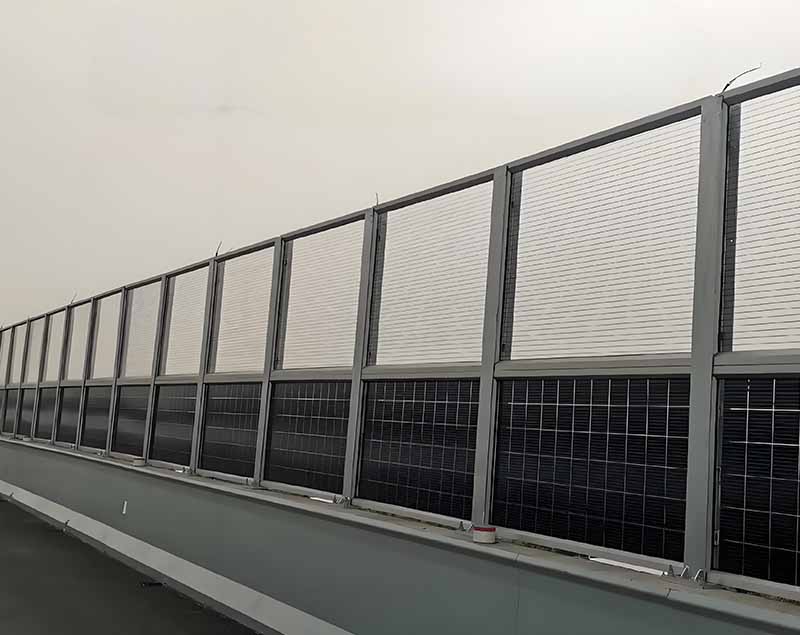North China Industrial Control Helps Cold Chain Logistics Know the Last Hard Bone
Fresh e-commerce is currently seen as the last remaining blue ocean in the e-commerce industry. Most other sectors have already been dominated by major players, but the fresh food e-commerce market still offers significant growth potential. It's estimated that this sector could reach a trillion yuan in scale, yet no single company has emerged as a dominant leader. Even companies like "Fresh Amazon," which have been operating for over a decade, haven't achieved substantial market dominance. Why is this the case? A large part of the challenge lies in the cold chain logistics system. Without an efficient and reliable cold chain infrastructure, it's nearly impossible to deliver fresh products effectively.
The fresh e-commerce market is still in its early stages, with enormous room for development. In the first half of 2017 alone, the market reached 85.14 billion yuan, almost matching the total of the previous year. In 2016, the penetration rate of fresh e-commerce was just 3%, far below the 20% or more seen across the broader e-commerce sector. This indicates that the fresh food market has vast untapped potential. As demand grows, so does the need for a robust and efficient cold chain logistics system to support it.
Major e-commerce players like Alibaba and JD.com are actively investing in cold chain logistics, either through partnerships with specialized companies or by building their own systems. The backbone of this logistics network is the cold chain information management system, which plays a crucial role in ensuring product quality and safety throughout the supply chain.
At the heart of the cold chain logistics information system is the transport and distribution management system. This is especially important due to the complexity of maintaining consistent temperatures during transportation. Key components of such a system include:
1. Utilizing RFID technology to monitor and control vehicle temperatures in real time, ensuring that products remain at the required low temperature throughout the journey.
2. Implementing GPS tracking to monitor the location of cold chain vehicles and transmit position data back to the control center via wireless networks.
3. Leveraging GIS technology for visual mapping and dynamic route optimization, allowing for better planning and management of transport routes.
North China Industrial Controls has been a leading brand in industrial control and automation for over 20 years. Their embedded industrial control computers are known for their reliability, performance, and cost-effectiveness, making them popular in the IPC market. These systems are specifically designed to meet the demanding requirements of cold chain logistics.
Key features of North China Industrial Controls' embedded systems include:
- High-performance, low-power processors that efficiently handle tasks like temperature monitoring and device control while ensuring energy efficiency.
- Fanless, wide-temperature, heat-dissipating designs that make the system compact and suitable for various environments.
- Support for WiFi, 3G, and 4G networks, enabling seamless communication between cold chain vehicles and the central management system.
- Multiple COM and USB interfaces that allow integration with various devices and future expansion.
- Advanced shock absorption and full reliability design, ensuring stable operation in harsh industrial conditions.
Fresh e-commerce isn't just the final frontier in e-commerce—it's also one of the toughest challenges. It requires a more intelligent, efficient, and information-driven cold chain logistics system. With the market expected to grow rapidly, North China Industrial Controls continues to innovate and provide advanced solutions to drive the modernization of cold chain logistics in China.
With over two decades of experience in the industrial control field, North China Industrial Controls has built a strong reputation both domestically and internationally. The company focuses on innovation and quality, offering a wide range of products including industrial CPU cards, embedded motherboards, barebones, chassis, workstations, tablet PCs, network security systems, disk arrays, and more.
For more information about their products and services, visit the official website of North China Industrial Automation.

Photovoltaic(PV)noise barriers,also known as"noise barriers with integrated solar panels"or"solar noise barrier,"combine noise reduction infrastructure with renewable energy generation. These systems are increasingly being deployed along highways,railways,and urban areas to mitigate noise pollution while generating clean electricity.

How Photovoltaic Noise Barriers Work
1. Dual Functionality
-Noise Reduction:Acts as a traditional noise barrier,blocking or reflecting sound waves from traffic or industrial sources.
-Solar Power Generation:Solar panels integrated into the barrier convert sunlight into electricity,which can be fed into the grid or used locally.
2. Design Configurations
-Transparent PV Panels:Used where visibility is important(e.g. ,along highways). -Opaque PV Panels:More efficient but block the view.
-Bifacial Solar Panels:Capture sunlight from both sides,increasing efficiency.
-Vertical or Tilted Mounting:Optimized for space constraints and sunlight exposure.
Advantages of Photovoltaic noise barrier
✅Space Efficiency:Uses existing noise barrier infrastructure,avoiding additional land use.
✅Renewable Energy Generation:Contributes to local or grid-based solar power.
✅Noise Pollution Control:Maintains primary function of reducing traffic/industrial noise.
✅Aesthetic&Functional Integration:Can be designed to blend with urban or natural landscapes.
✅Government Incentives:Some regions offer subsidies for solar-integrated infrastructure.
Challenges&Considerations
âš Lower Efficiency:Vertical mounting may reduce solar output compared to optimally tilted panels.
âš Shading&Orientation:Barriers along north-south roads may have uneven sunlight exposure.
âš Maintenance:Cleaning panels on highways/railways can be logistically challenging.
âš Higher Initial Cost:Integration of PV adds to upfront costs,though long-term savings offset this.
Photovoltaic sound barrier,Solar-powered sound barrier,Photovoltaic noise barrier,Solar noise barrier
Hebei Shuobiao New Energy Technology Co., Ltd. , https://www.pvbracketsystem.com